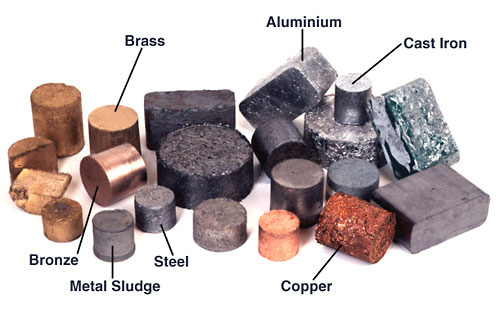Metals And Non-Metals | Fact & Information

Metals and Non-metals Elements can be grouped into two broad categories-metals and non-metals. Metals are elements that are Opaque, lustrous, and good conductors of heat and electricity. lron, gold, and silver are common metals. Non-metals are elements that cannot conduct electricity or heat very well. Examples of non-metals are oxygen, hydrogen, and carbon. Only 18 elements in the periodic table are generally considered non-metals while there are over 80 metals. Properties of metals ° Metals have lustre. They are shiny when cut, scratched, or polished. ° They are malleable, that is, they can be hammered into thin sheets without breaking. ° They are good conductors of electricity and heat. ° They are ductile, that is, they can be melted and drawn into thin wires. ° All metals except mercury are solid at room temperature. ° Most metals have high melting points. Properties of non-metals ° Non-metals have no lustre, that is, they have a dull appearance. ° Th...









